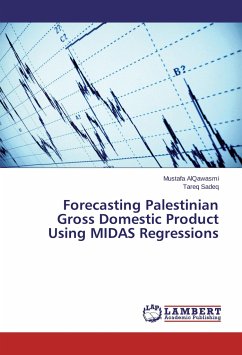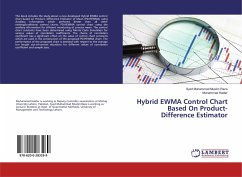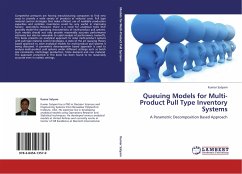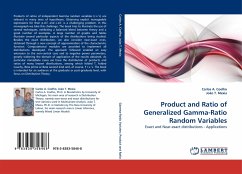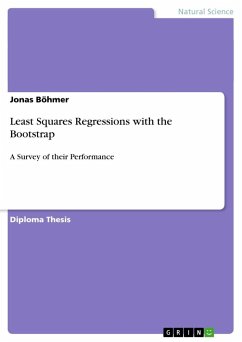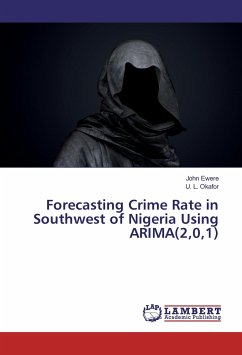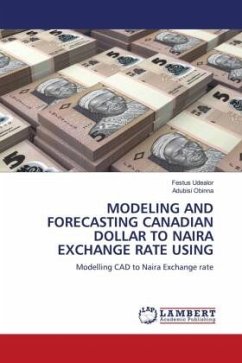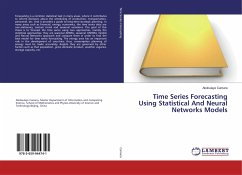In the case of using classical linear regression models for time series, researchers usually deal with equal frequencies for all the variables. They cannot directly apply such models to a mixed-frequency dataset. The Mixed Data Sampling (MIDAS) regression models deal with this type of data; typically the economic indicators from those observed daily, monthly, quarterly to those yearly. In this study, we introduce MIDAS regression approach which is relatively assumed as a new area. We will explain its ability of dealing with mixed frequency data, and its efficiency of improving parameters estimation and forecasting performance in the presence of extreme observations. This is the first research that examines the relationship between the real GDP in Palestine and other indicators using MIDAS regressions.
Bitte wählen Sie Ihr Anliegen aus.
Rechnungen
Retourenschein anfordern
Bestellstatus
Storno

